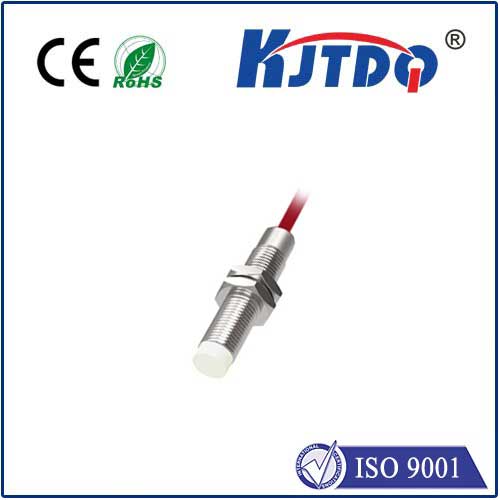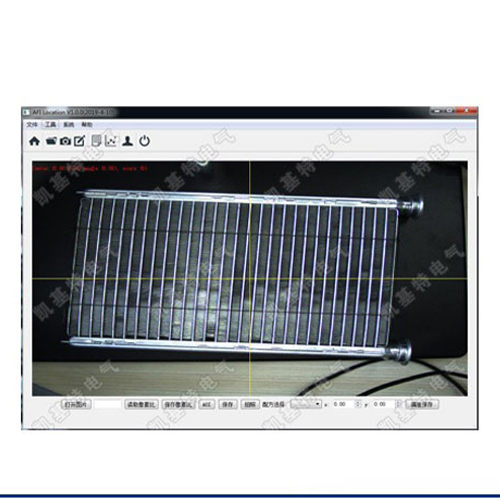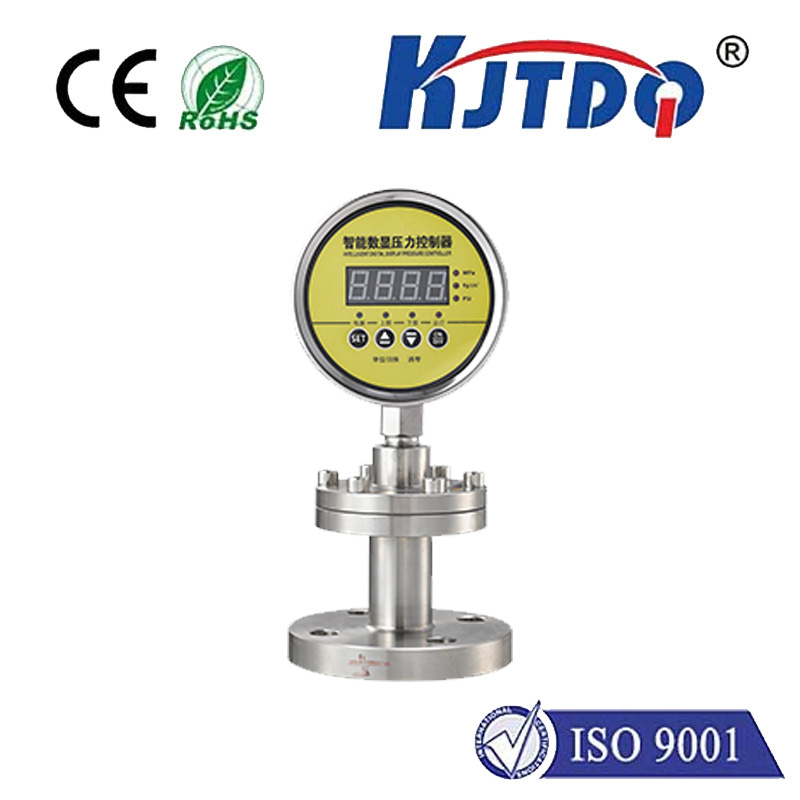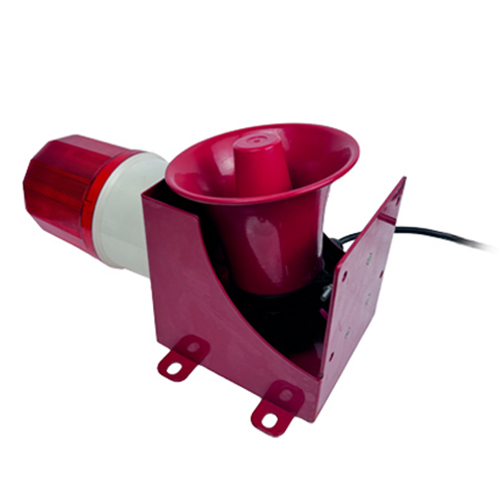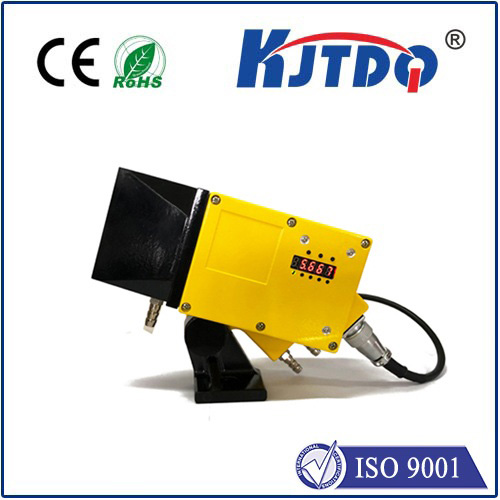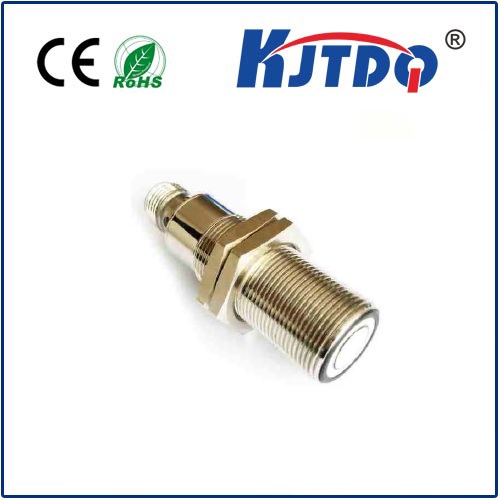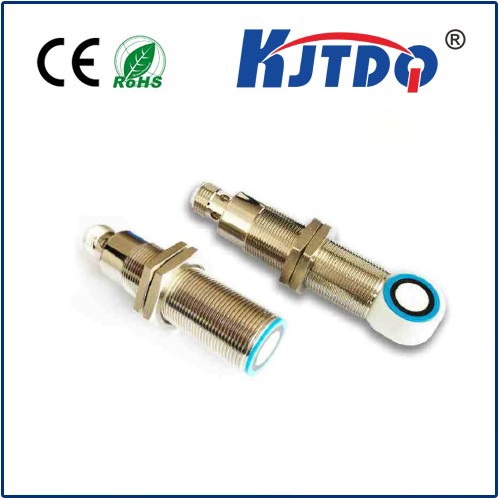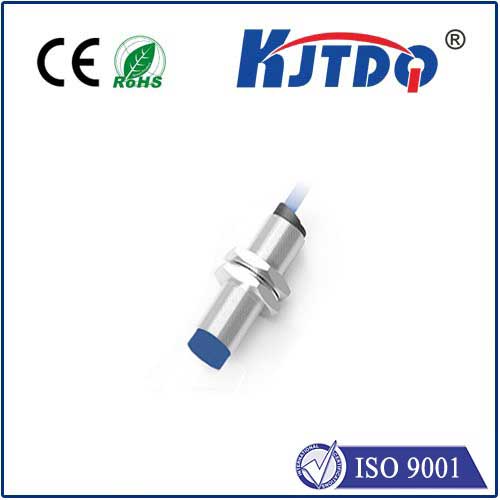tof laser distance sensor
- time:2025-09-13 03:31:37
- Click:0
The TOF Laser Distance Sensor Revolution: Precision Measurement at the Speed of Light
Imagine a drone effortlessly navigating a dense forest, autonomously avoiding branches with centimeter-perfect precision. Picture a robot arm welding parts on an assembly line, its movements guided by instant, non-contact distance readings. Envision immersive augmented reality applications where virtual objects interact flawlessly with the real world. At the heart of these technological marvels often lies a critical component: the TOF laser distance sensor.
TOF stands for Time-of-Flight, a principle that underpins one of the most advanced and rapidly evolving distance measurement technologies available today. Unlike traditional methods, TOF laser sensors operate with incredible speed, precision, and versatility, making them indispensable in countless modern applications.
How Does TOF Laser Technology Work? The Speed of Light as a Ruler
The core concept is brilliantly simple, leveraging the constant speed of light (approximately 300,000 kilometers per second). Here’s the process:

- Emission: The sensor emits a short, powerful pulse of infrared laser light towards the target object.
- Flight: This pulse travels through the air until it strikes the object.
- Reflection: A portion of the light reflects off the target surface back towards the sensor.
- Detection & Calculation: An ultra-sensitive photodetector within the sensor captures the returning pulse. Sophisticated circuitry then precisely measures the time elapsed between the emission of the laser pulse and the reception of its reflection.
- Distance Determination: Since the speed of light © is a known constant, the distance (d) to the target can be calculated using the fundamental equation: d = (c * t) / 2. The division by two accounts for the light traveling to the target and back (the round-trip time).
This entire process happens incredibly fast – often millions of times per second – providing real-time distance data with high reliability.
Why Choose TOF? Key Advantages Over Other Sensing Methods
TOF laser sensors offer compelling benefits that often make them superior to alternative technologies like ultrasonic sensors or laser triangulation:
- Long Range Capability: TOF sensors excel at measuring distances from a few centimeters up to several hundred meters (depending on specific model and laser power), far exceeding the practical range of many alternatives.
- Exceptional Speed: Measurement rates are extremely high, often reaching thousands of measurements per second. This high speed is crucial for dynamic applications like autonomous navigation, gesture recognition, and process control.
- High Accuracy and Precision: Modern TOF laser distance sensors achieve remarkable accuracy, often within millimeters or better over significant distances. Precision measurement is a hallmark.
- Non-Contact Operation: Just like other optical methods, TOF measures distance without physically touching the object, eliminating wear and tear and enabling measurements on delicate or moving surfaces.
- Compact and Robust Design: Many TOF sensors have no moving parts (unlike scanning LIDAR units) and are housed in compact, rugged enclosures suitable for demanding industrial environments.
- Immunity to Target Properties: Performance is generally less affected by the target’s color, texture, or ambient sound (unlike ultrasonic sensors) or its reflectivity (compared to some triangulation challenges), although very dark or absorbent surfaces can reduce maximum range.
- Wide Field of View (Indirect TOF - iTOF): Especially relevant for 3D depth sensing applications (like mobile phones or VR headsets), many TOF modules use modulated light waves and specialized sensors to capture depth information across an entire scene simultaneously, not just a single point. This iTOF approach powers features like portrait mode photography and room scanning.
Where TOF Shines: Key Applications Driving Innovation
The versatility of TOF laser sensor technology has led to its rapid adoption across diverse industries:
- Robotics & Automation: Crucial for collision avoidance, localization, navigation (SLAM), bin picking, and precise object positioning within robotic work cells. Industrial automation heavily relies on TOF sensors.
- Drones & UAVs: Enables terrain following, obstacle detection and avoidance, landing assistance, and stable altitude hold.
- Automotive: Powers Advanced Driver Assistance Systems (ADAS) like automatic emergency braking (AEB), adaptive cruise control (ACC), and is a fundamental technology for autonomous vehicles (AVs), often integrated into LIDAR systems (which frequently use TOF principles).
- Material Handling & Logistics: Used for pallet detection and measurement, warehouse vehicle navigation (AGVs/AMRs), conveyor belt monitoring, and automated storage/retrieval systems (AS/RS).
- Consumer Electronics: Integral to facial recognition unlocking systems on smartphones, camera autofocus enhancement, and augmented/virtual reality experiences (AR/VR) requiring accurate hand tracking and environmental mapping.
- Building & Construction: Facilitates leveling, area and volume calculations, and site surveying with handheld laser distance measurement tools.
- Industrial Process Control: Monitors fill levels in tanks (especially difficult materials), controls web tension, and verifies product dimensions on high-speed production lines.
Important Considerations When Using TOF Sensors
While powerful, understanding the operating environment is key to optimal TOF sensor performance:
- Ambient Light: Very strong direct sunlight can sometimes saturate the sensor’s detector, reducing effective range or accuracy. Most modern sensors incorporate sophisticated filtering techniques to mitigate this.
- Target Surface Properties: Highly reflective, transparent, or very dark, matte black surfaces can pose challenges. Glossy surfaces may cause secondary reflections, while black surfaces absorb more light, reducing signal strength. Sensor selection should consider typical target surfaces.
- Multiple Targets: In scenarios with multiple surfaces within the beam path (e.g., looking through a window), the sensor might detect the closest object or potentially an unwanted reflection.
- Safety: While typically using low-power Class 1 lasers that are eye-safe, it’s always essential to check the specific laser classification and adhere to manufacturer safety guidelines.
The Future is Bright for TOF Laser Distance Sensors
The trajectory for TOF laser distance sensor technology points towards even greater miniaturization, reduced power consumption, lower costs, and enhanced performance. Integration with AI and machine learning will unlock new capabilities in 3D depth sensing and scene understanding. As applications in industrial automation, autonomous systems, robotics, smart consumer devices, and augmented reality continue their explosive growth, the demand for fast, accurate, and reliable non-contact distance measurement solutions will only increase. The TOF laser sensor, with its elegant reliance on the fundamental speed of light, is perfectly positioned to meet this demand, continuing to push the boundaries of what’s possible in precision sensing.






